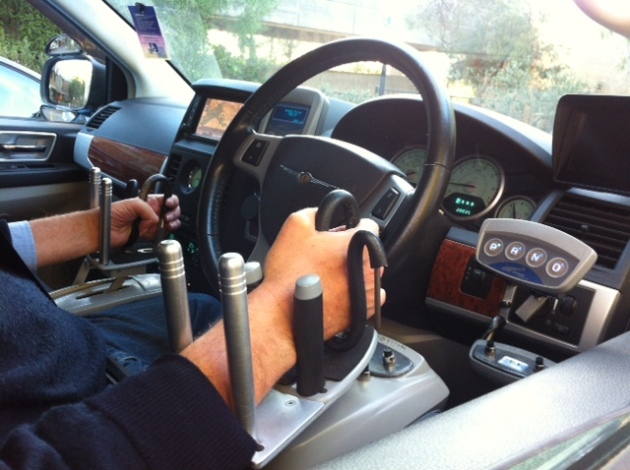This paper takes a broader, quantitative approach to looking at social diversity within tourism by exploring the phenomenon of accessible tourism in Italy.
Viviani, A., & Giusti, A. (2013). W). Social diversity: A look at tourism. Journal of Environmental Management and Tourism, 4.2(8), 57-64. http://www.ceeol.com/aspx/issuedetails.aspx?issueid=773ad39b-e10e-452f-b4c9-4b9f42ffa791&articleId=5fcfc534-a7c7-4b31-81e6-81c1e0604084
Copyright © 2013 Association for
Sustainable Education, Research and Science (ASERS). All rights reserved.
Social Diversity: A Look at
Tourism
Guisti, Antonio
Abstract
 |
| Photo 1: no visit to Rome would be the same without experiencing the Colosseum |
Keywords: social
distress; statistical sources; tourism
Full reference:
Viviani, A., & Giusti, A. (2013). W). Social diversity: A look at tourism. Journal of Environmental Management and Tourism, 4.2(8), 57-64. http://www.ceeol.com/aspx/issuedetails.aspx?issueid=773ad39b-e10e-452f-b4c9-4b9f42ffa791&articleId=5fcfc534-a7c7-4b31-81e6-81c1e0604084
Full reference:
Viviani, A., & Giusti, A. (2013). W). Social diversity: A look at tourism. Journal of Environmental Management and Tourism, 4.2(8), 57-64. http://www.ceeol.com/aspx/issuedetails.aspx?issueid=773ad39b-e10e-452f-b4c9-4b9f42ffa791&articleId=5fcfc534-a7c7-4b31-81e6-81c1e0604084















